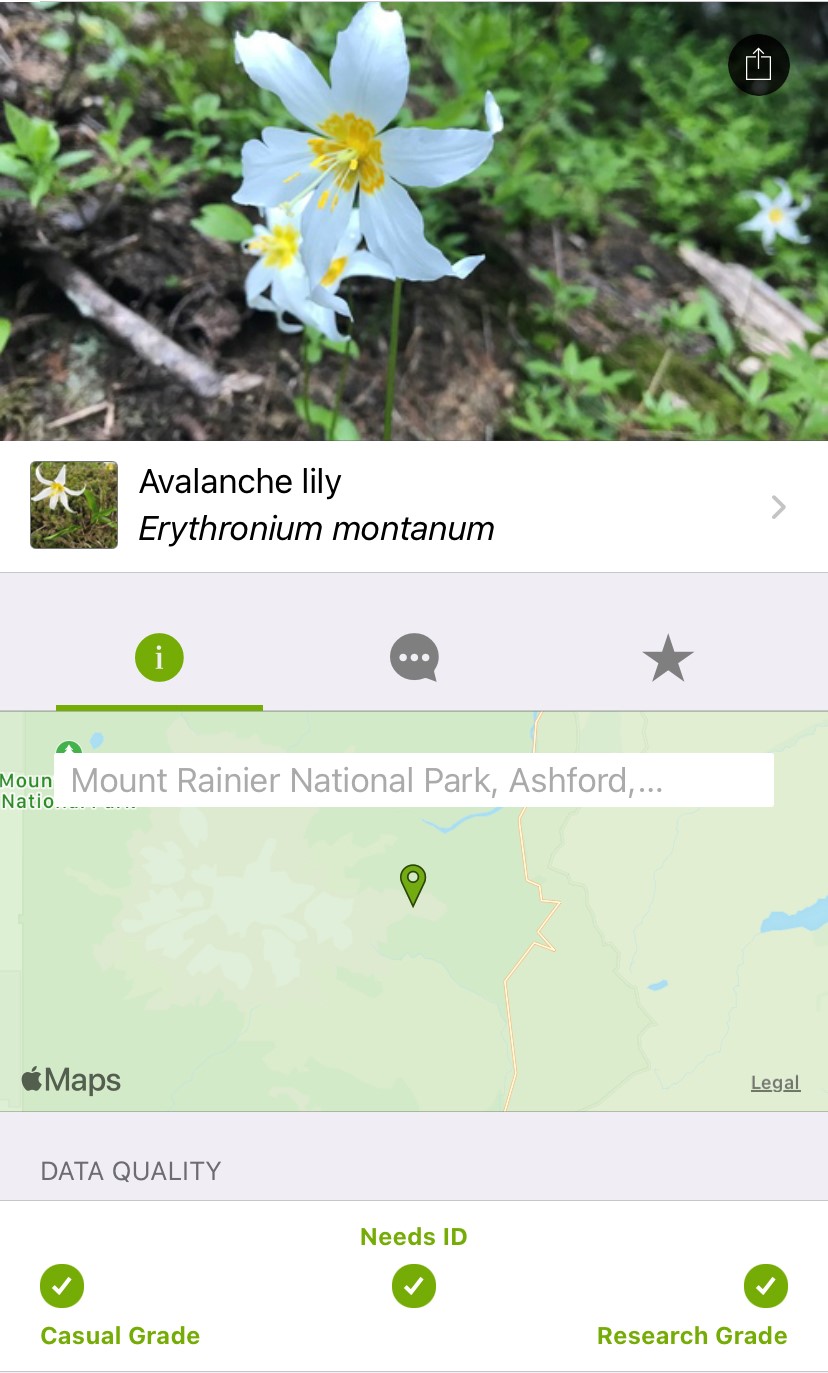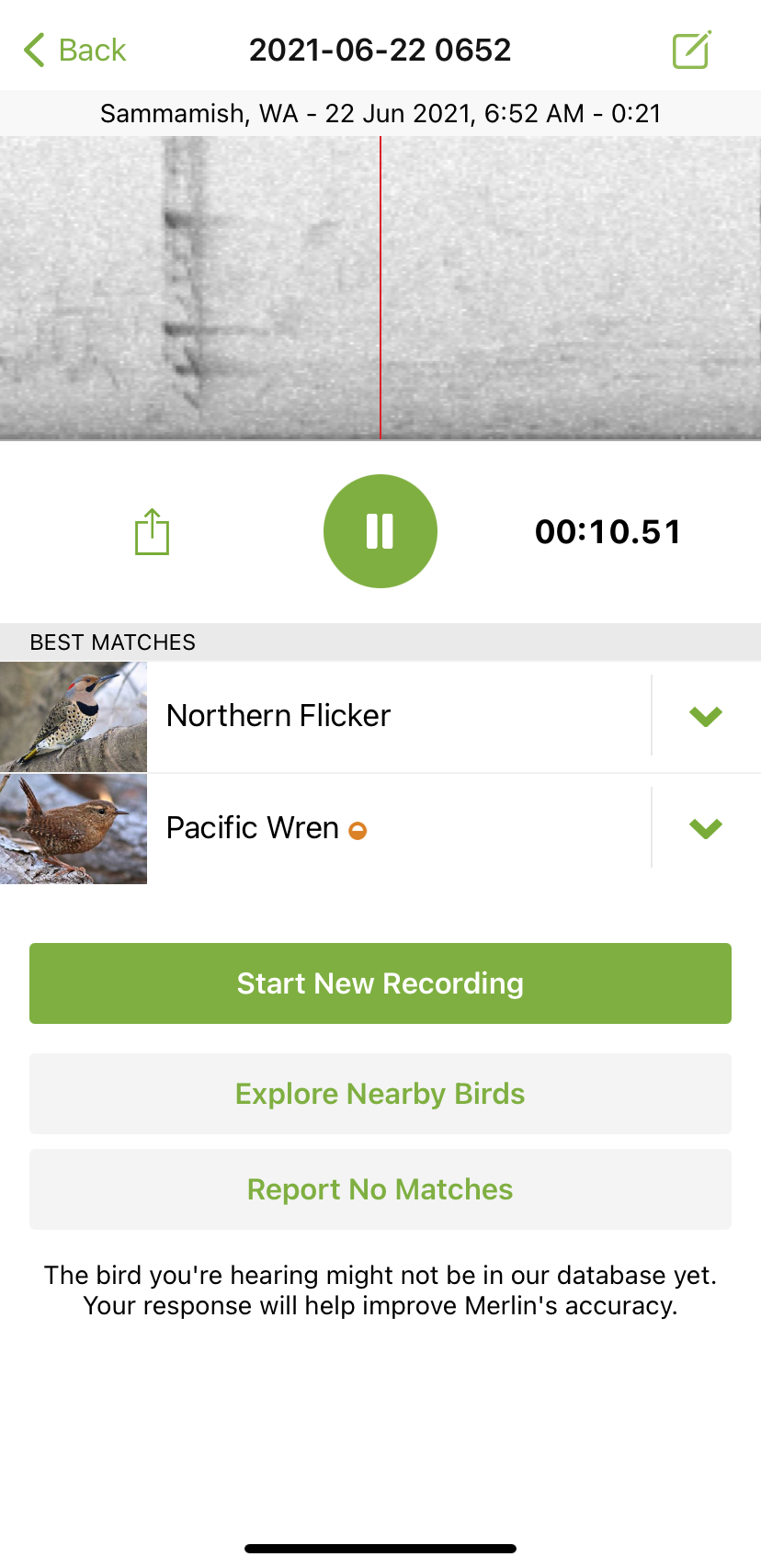Summer is here, the COVID restrictions are ending, and people are getting outdoors. As you head out, there are some amazing tools on your smartphone that will help you enjoy your surroundings a little more and even contribute to natural science and  environmental cleanup.
environmental cleanup.
iNaturalist/Seek
If you find an interesting insect, plant, or animal and don’t know what it is, the iNaturalist app a will identify it virtually immediately using a photo from your phone. Using artificial intelligence, iNaturalist uses your location and the photo to suggest potential species. If the photo is clear enough, a member of the iNat community will confirm it and it will become “research grade.” The identification will be added to the database maintained by the Global Biodiversity Information Facility and can be used by researchers.
If you just want to know the plant but aren’t interested in participating in the citizen science, you can download Seek, an app that will immediately identify whatever your phone’s camera is pointed at.
Merlin Bird ID
From black-capped chickadees to Cedar Waxwings, the Northwest has an abundance of birds this time of year. If you are wondering what kind you are seeing, the Merlin Bird ID app is excellent. It asks a few questions about the size, color, and  location of the bird and gives you several options with photos.
location of the bird and gives you several options with photos.
Now, the app includes a new (and extremely cool) feature to identify a bird based on the song. Using the same type of pattern-matching artificial intelligence in iNaturalist, the app listens for songs and then shows the likely identification on the screen. I have used it several times and it is remarkably accurate.
eBird
For birdwatchers, eBird allows anyone to log the birds they’ve seen to keep track of their life list. Every sighting also goes into the eBird database, providing useful data about their location and movement. This data has been used to identify important habitat for migratory birds in California. The Nature Conservancy used the information to pay rice farmers in the flyway to create “pop-up wetlands” during February and March, providing habitat as birds moved through the area.
WA Invasives
Murder hornets aren’t the only invasive species people should be looking for this summer. The WA Invasives app makes it easy for anyone to report invasive plants, like purple loosestrife, or animals, like zebra mussels, to the Washington Invasive Species Council for removal. Just tag the location, take a photo, and send the report.
These reports are extremely useful in the efforts to control invasive species. Indeed, much of the effort to fight the Asian Giant Hornet is reliant upon citizen science.
Marine Debris Tracker
You can help researchers determine the kinds of trash on beaches and in the water by entering sightings into the Marine Debris Tracker app. Developed to understand how trash gets into the water in India and then the Mississippi River, users can choose from a range of types of trash and tag the location. The results show some interesting patterns.
For example, the study in India found there were very few plastic bottles. Although the trash collection system is poor, people are paid for recycled bottles, so most of them are collected and returned. Along the Mississippi, however, plastic bottles are fairly common. The data are also available to the public and I’ve used the information from the app in testimony before the legislature.





